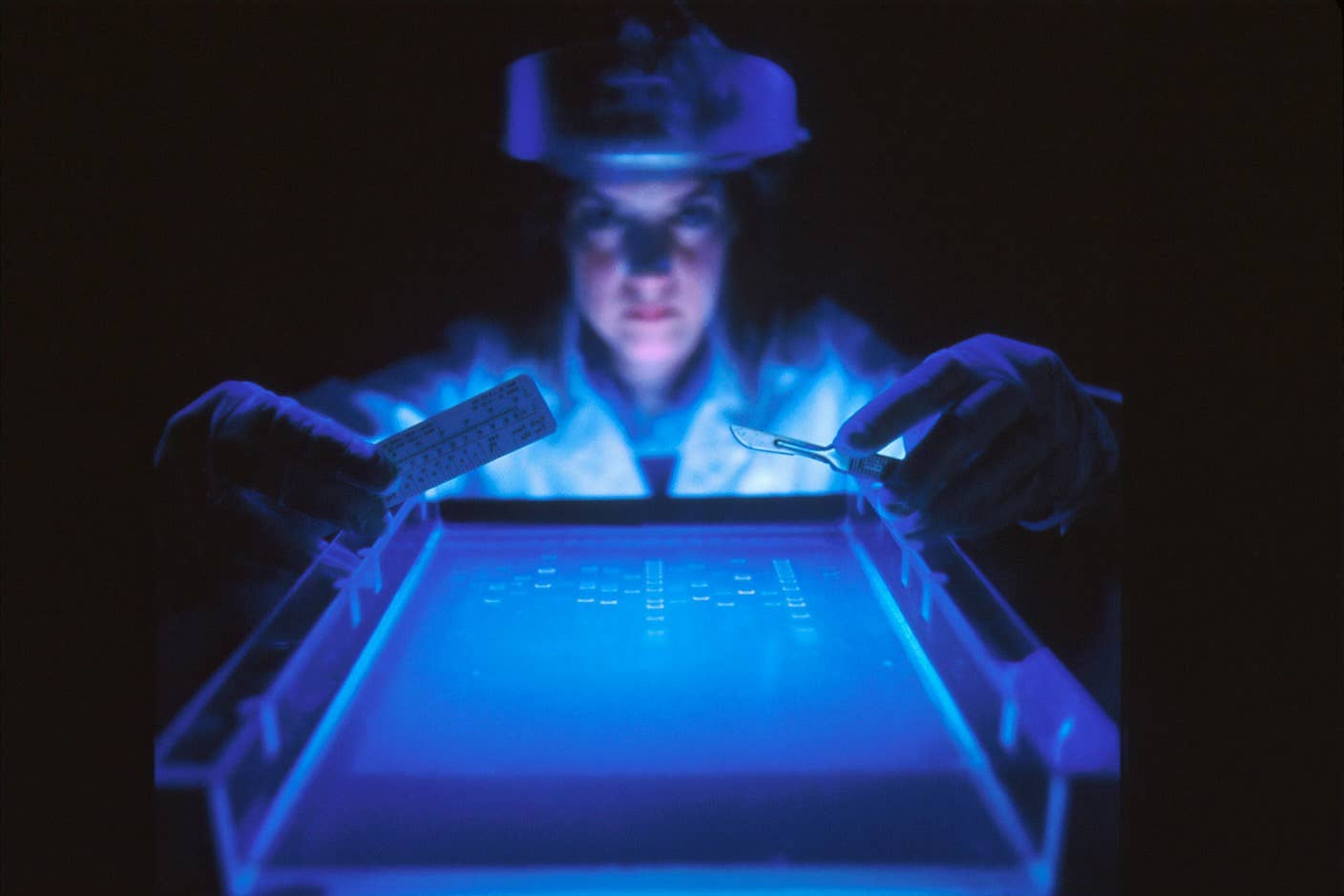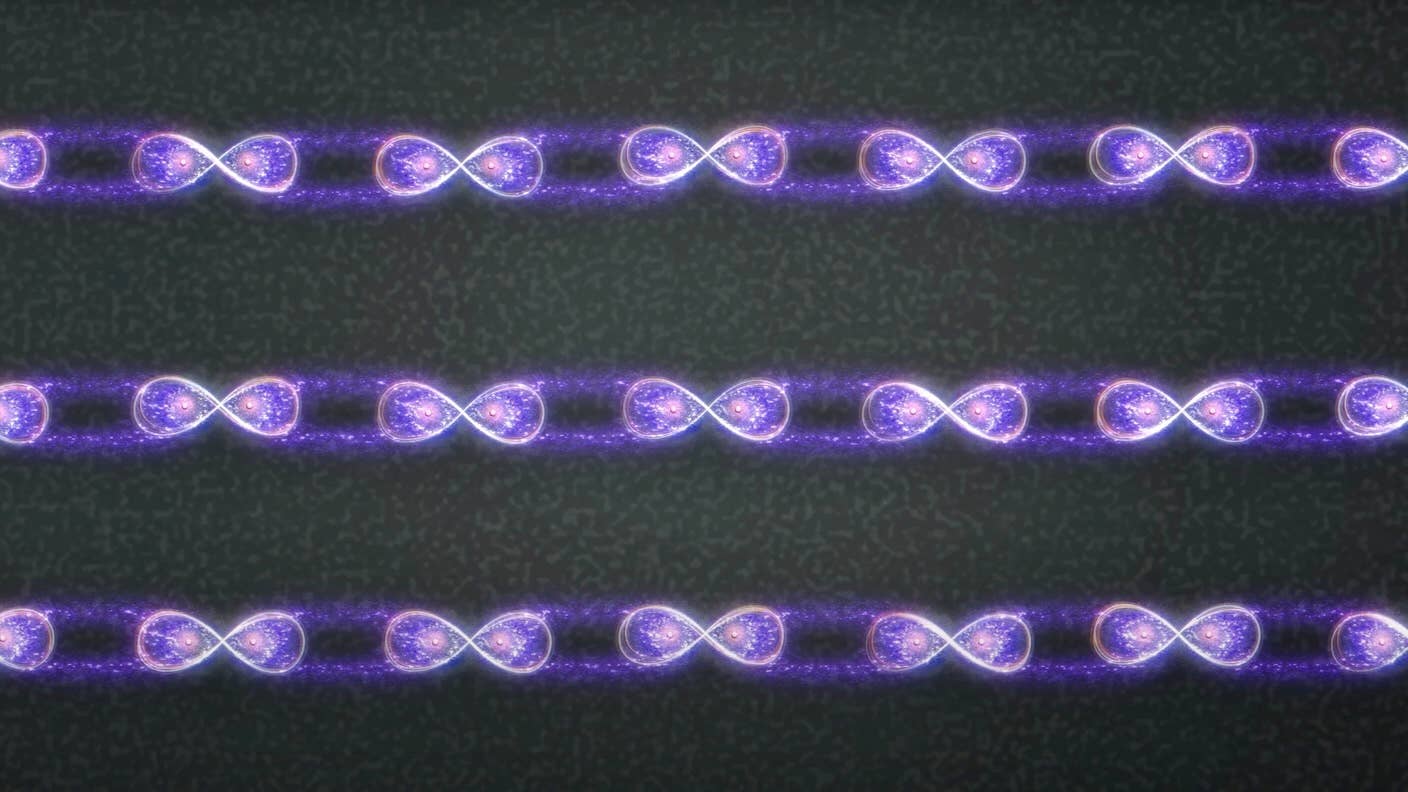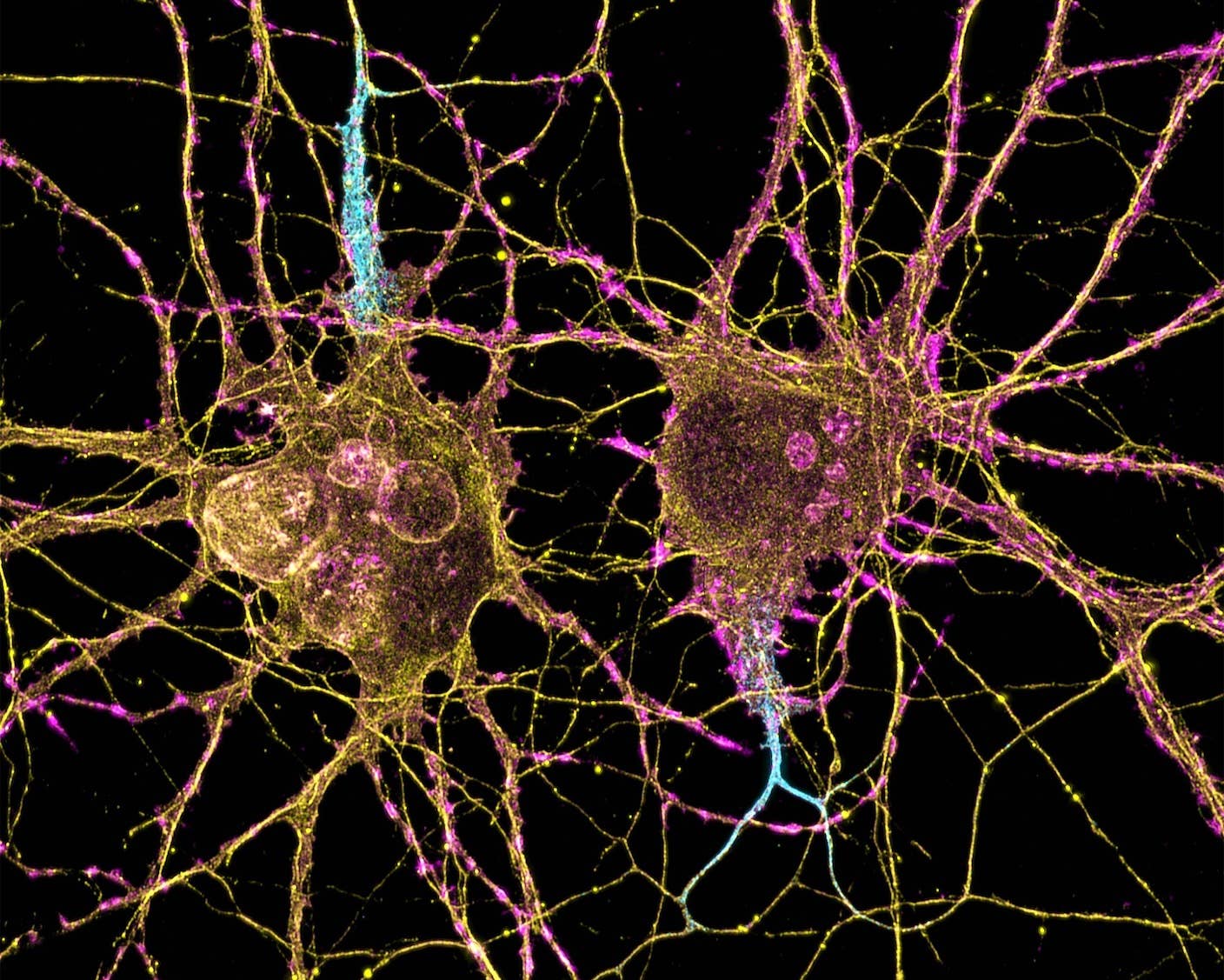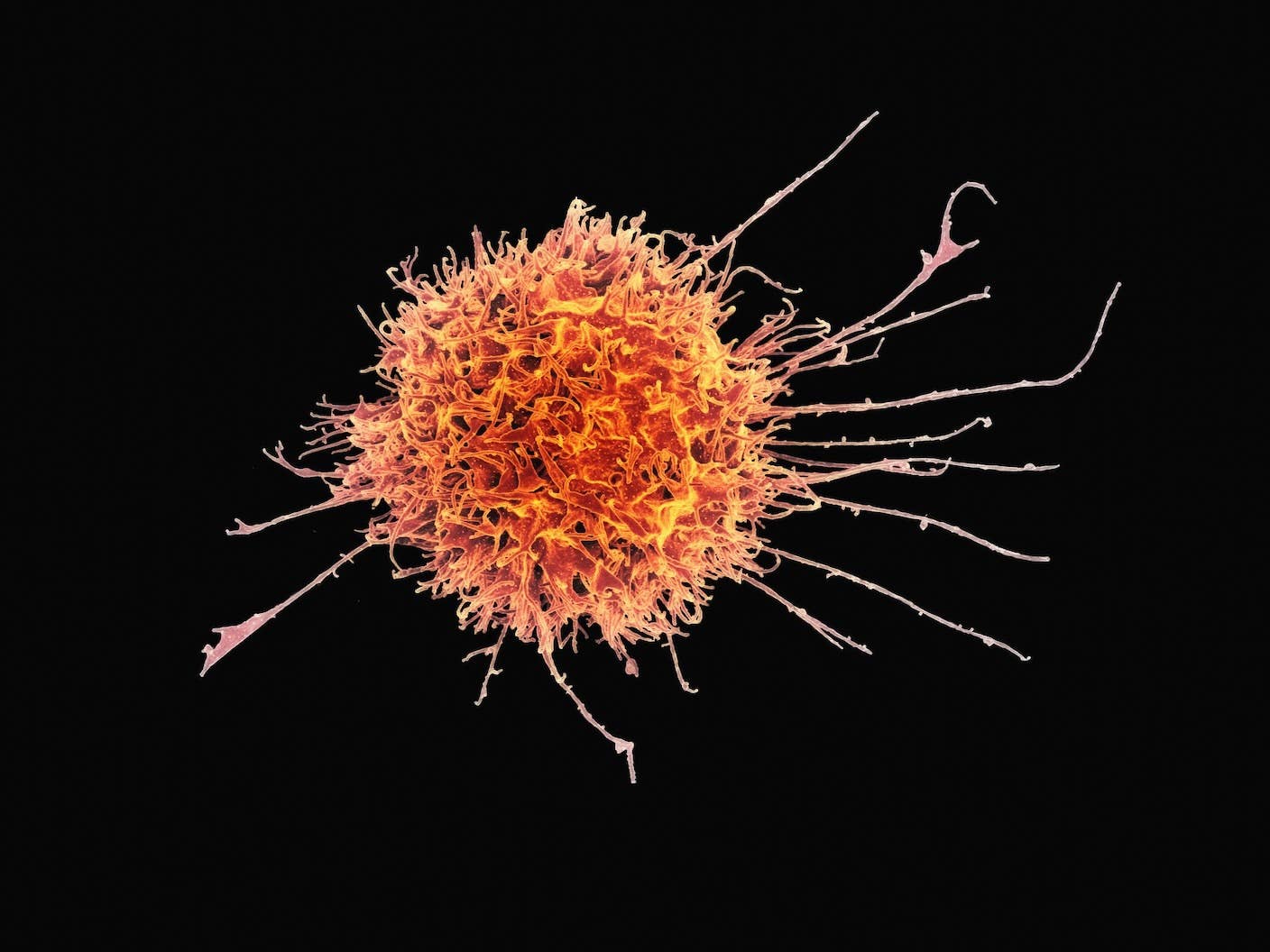
What's New Today
This Week’s Awesome Tech Stories From Around the Web (Through December 13)
SingularityHub Staff
Latest Stories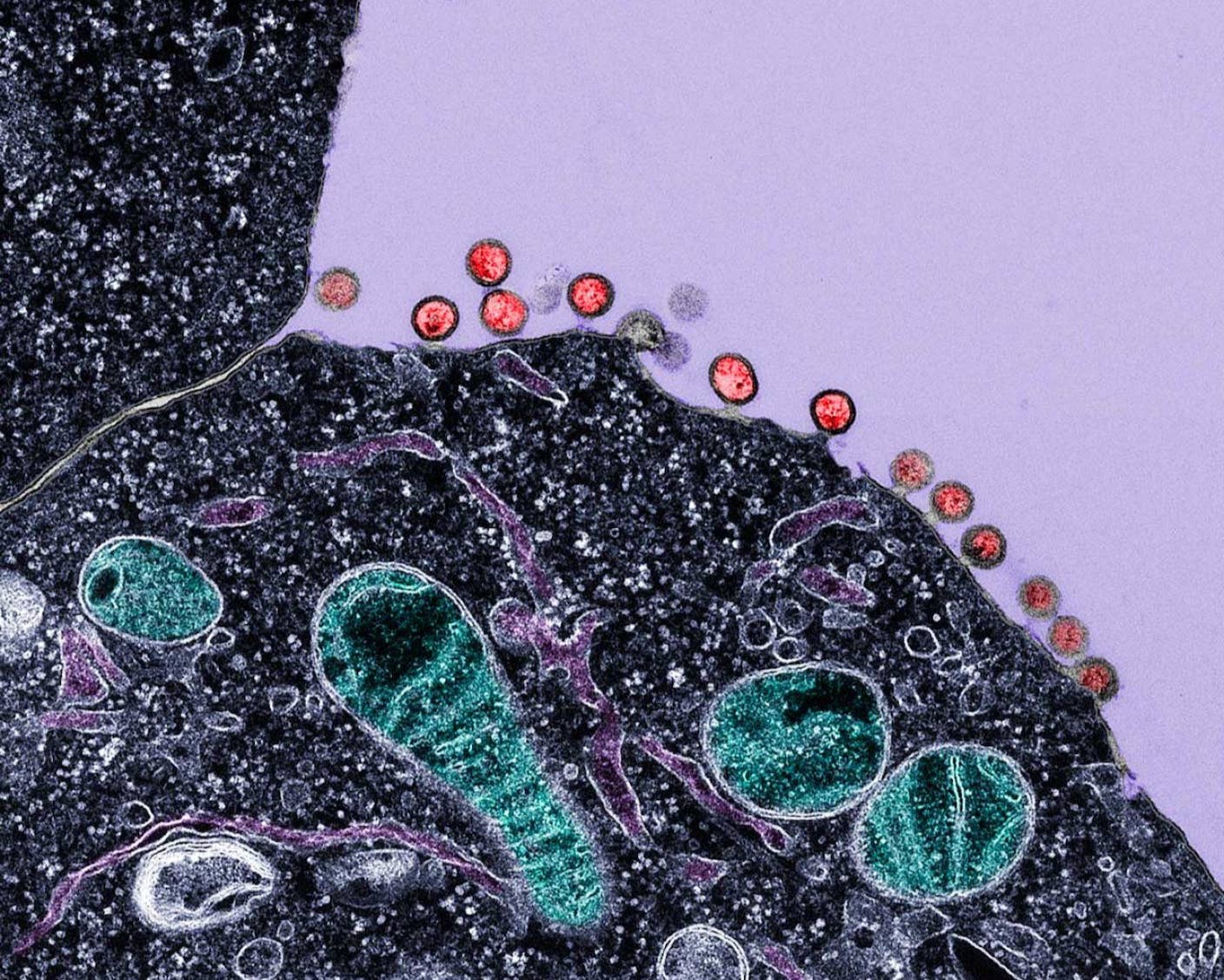
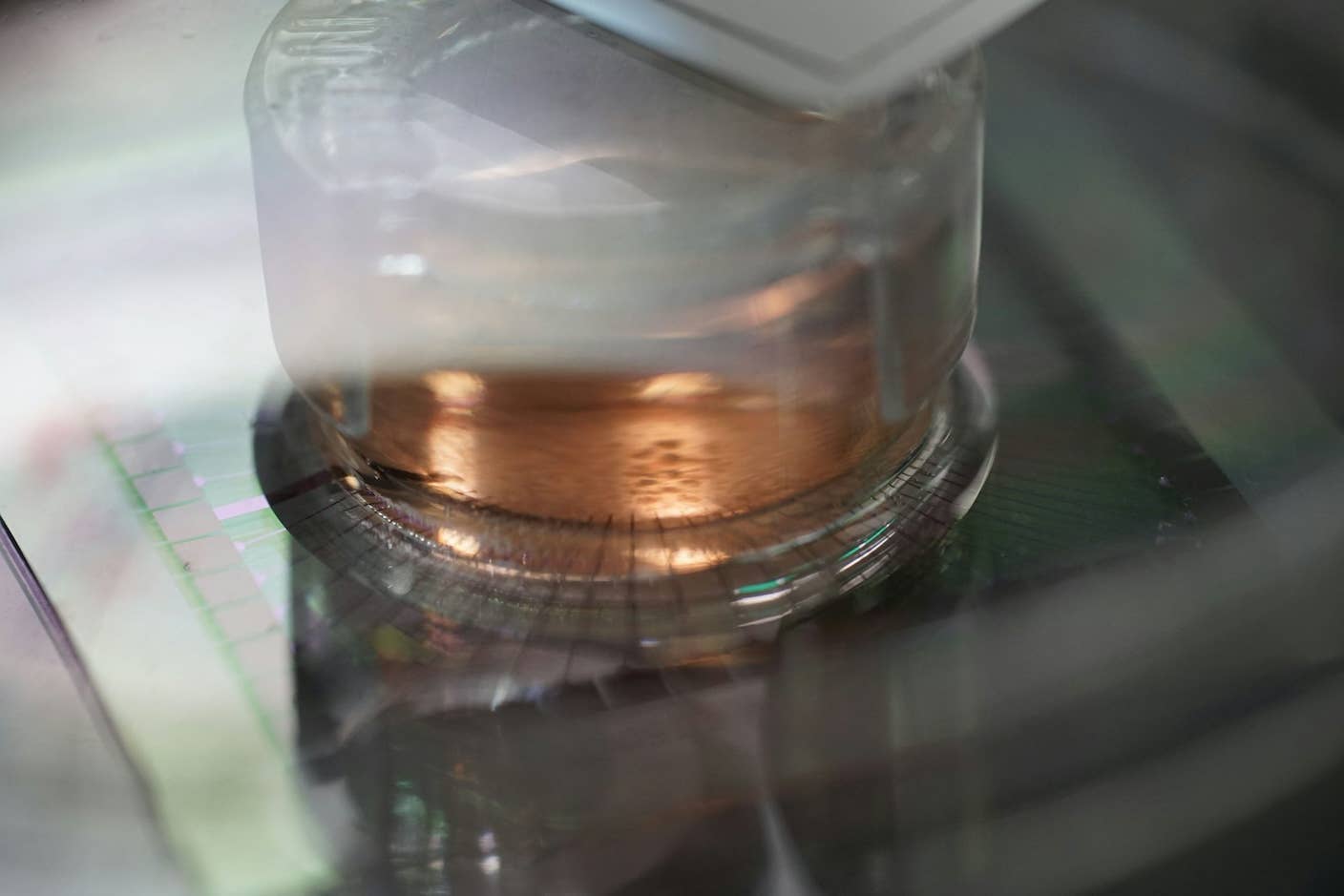





Biotechnology
New Immune Treatment May Suppress HIV—No Daily Pills Required
Shelly Fan

Computing
How Scientists Are Growing Computers From Human Brain Cells—and Why They Want to Keep Doing It
Bram Servais

Artificial Intelligence
Study: AI Chatbots Choose Friends Just Like Humans Do
Edd Gent

Biotechnology
Scientists Just Developed a Lasting Vaccine to Prevent Deadly Allergic Reactions
Shelly Fan

This Week’s Awesome Tech Stories From Around the Web (Through December 6)
SingularityHub Staff

Artificial Intelligence
AI Companies Are Betting Billions on AI Scaling Laws. Will Their Wager Pay Off?
Nathan Garland
What we’re reading
DON'T MISS A TREND
Sign up to receive top stories about groundbreaking technologies and visionary thinkers from SingularityHub.
100% Free. No Spam. Unsubscribe any time.
Join 50,000+ researchers, entrepreneurs, science enthusiasts, technophiles, and the insatiably curious


FeaturedComputing
Chips Just 10 Atoms Thick Could Bring Computers With Extremely Compact Memory
Edd Gent
Editor's Picks
Explore topics

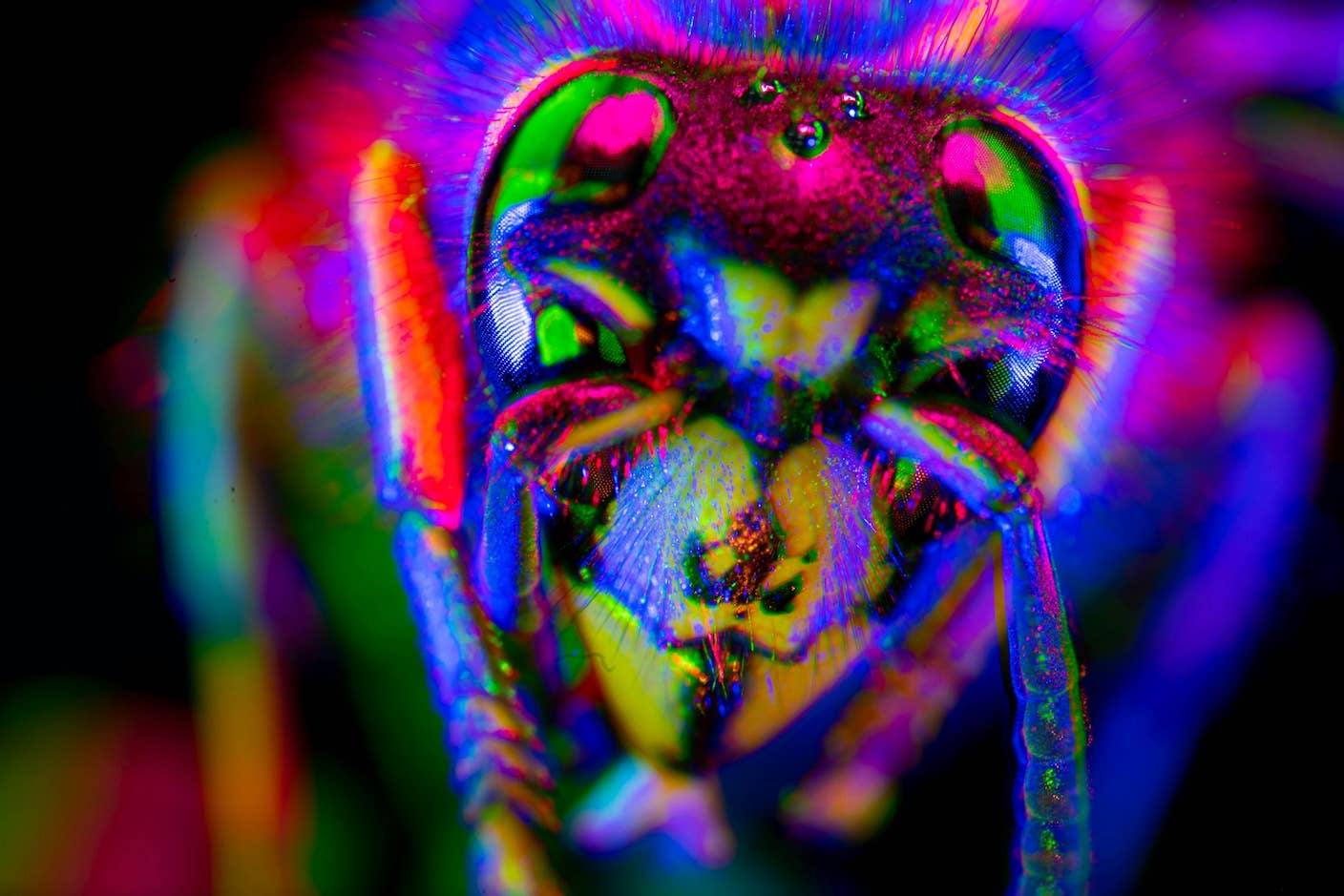


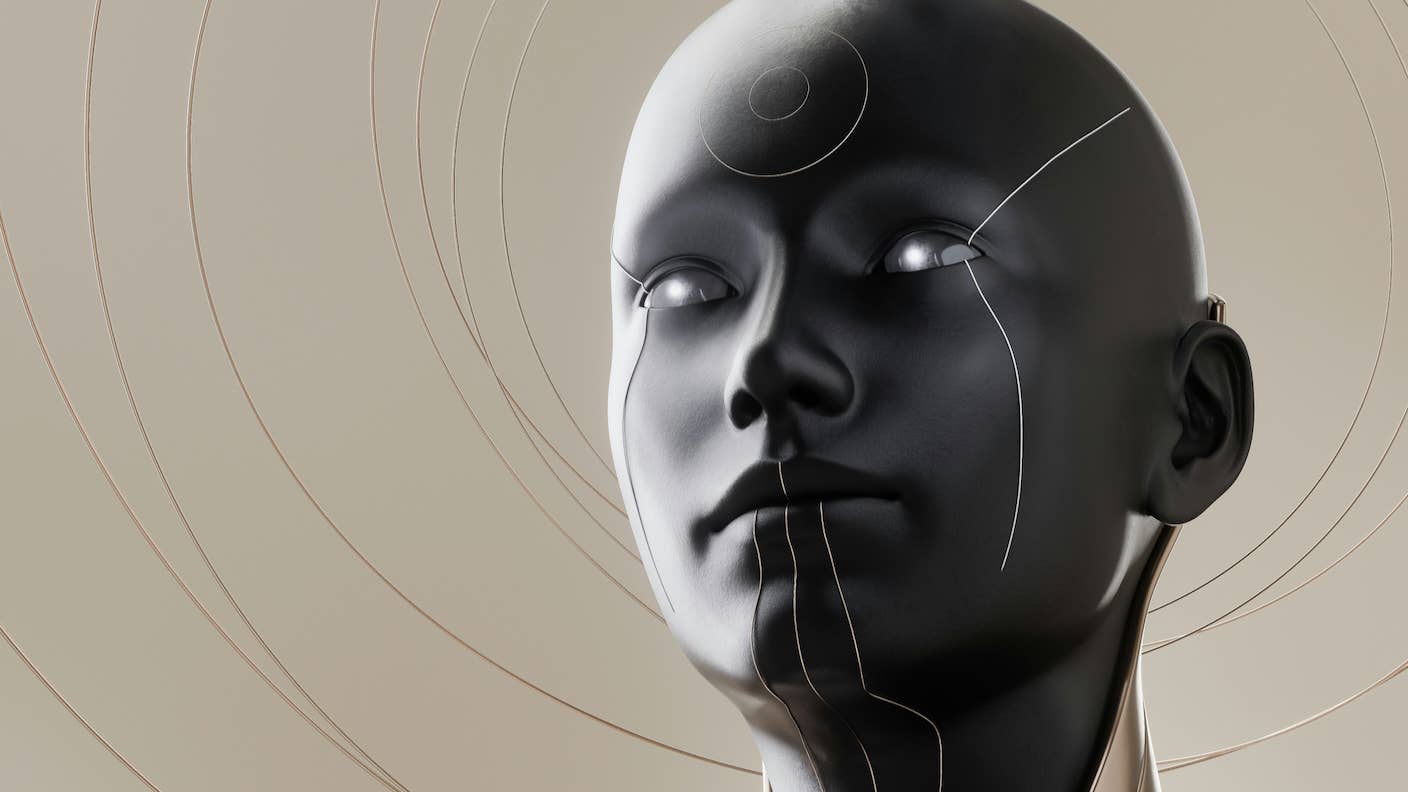
- Artificial Intelligence
- Biotechnology
- Computing
- Energy
- Future
- Robotics
- Science
- Space
- Tech

Study: AI Chatbots Choose Friends Just Like Humans Do
Edd Gent

AI Companies Are Betting Billions on AI Scaling Laws. Will Their Wager Pay Off?
Nathan Garland

Are Animals and AI Conscious? Scientists Devise New Theories for How to Test This
Andrew Barron
andColin Klein

Is the AI Bubble About to Burst? What to Watch for as the Markets Wobble
Alex Dryden

Can You Really Talk to the Dead Using AI? We Tried Out ‘Deathbots’ So You Don’t Have To
Eva Nieto McAvoy
andJenny Kidd

The Hardest Part of Creating Conscious AI Might Be Convincing Ourselves It’s Real
David Cornell

